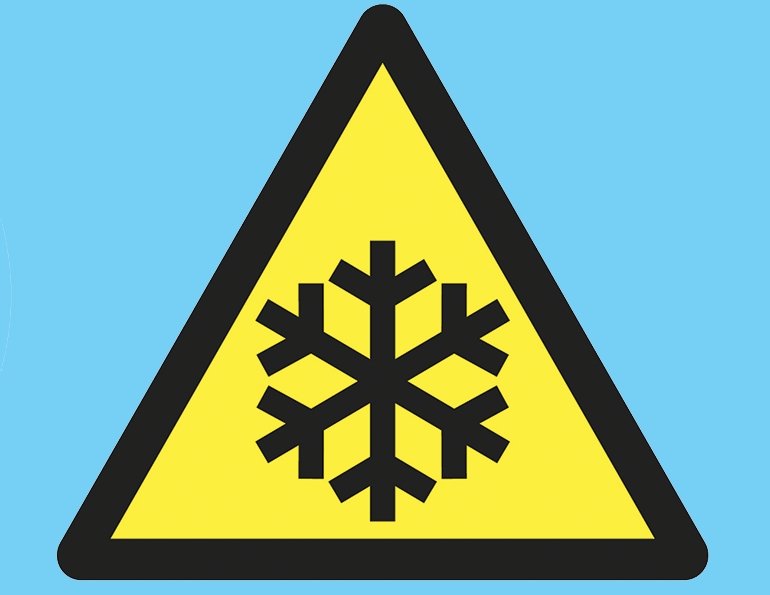In the recreation business, seasonal workers are a significant percentage of overall employment. They perform a wide variety of jobs, many of which expose them to hazards that are inherent to daily operations. Working at height, confined spaces, heavy machinery, extreme conditions, lift operations, customer service—all have a risk factor associated with them.
I’ve heard it said among industry managers that getting seasonal employees to “follow the rules” or “make safety a priority” and “not take chances” is the hardest thing to do. These talking points sound good when the safety manager or some other figure in an authority position references them at a three-hour orientation. But that’s not nearly enough to encourage and maintain safe behaviors when out in the field.
Leading by example. Employees will be exposed to critical moments in their daily jobs—moments in which they will observe the actions of their leaders—that will influence how they react to the safety message. The reality is, people shape their behaviors to conform to the priorities of their supervisors. It’s not enough to tell employees what those priorities are, leaders must also model them.
In general, if supervisors and managers aren’t trained to know the factors that influence safe behaviors, you can’t expect employees to behave the way you want. I watched in amazement recently when a lift supervisor gave a morning talk on the importance of safety to his work crew, and two hours later was observed climbing a lift tower without fall protection, all within sight of the lift maintenance team.
This behavior then set the standard for safety when working at height. The work crew now understood that it was acceptable to work 50 feet off the ground without fall protection, if donning protection was inconvenient.
Imagine if this type of behavior happened every day? Within a couple of weeks, the emphasis on safety would be entirely eroded. It happens, it’s not a pretty sight, and it can kill people.
So, to repeat: The emphasis on safety starts with the decision makers and the influencers within the organization. Senior leadership sets the standard for safe operations and compliance. If safety behaviors are a condition of employment for all employees, that’s especially true for leaders.
What Builds Culture?
There are two critical factors that help establish a strong safety culture.
First, clear and unambiguous standards must be set. Written position descriptions that reflect those standards need to be some of the heaviest-weighted performance criteria in evaluating employees—and managers—if you want to get the attention of the organization. And you must measure these expectations frequently to create a consistent, high level of performance.
The weight of the safety criteria can be adjusted annually to reflect past performance, but should never be the least of the factors used to evaluate performance. That’s especially true for managers. Don’t allow your managers to be like that lift supervisor.
Second, managers need training. We can’t expect managers and supervisors to know how to positively influence the workforce without training. If we are going to put seasonal employees in a situation where we expect safety to be a priority, the influencers must know how to create and sustain an error-free and safe environment. That involves regular supervision, instruction to correct improper behaviors, and enforcement. These duties require skills that often must be taught. If you don’t have the staff who can teach these skills, bring in someone who can.
Those new skills should then be used on a regular basis. In many successful organizations, there is an expectation that supervisors and managers spend at least 10 to 20 percent of their time positively influencing behaviors and earning trust in the field. Nowadays, though, managers can remotely monitor staff behaviors using cameras and GPS locator devices, and may not feel the need for face time. But if you are too busy to be in the field, you are too busy to set a good example. Will you have a safety culture by relying on this equipment? Yes, but it might not be the one you expect.
A Win-Win Culture
A strong safety program is an investment in the safety of our employees and their families. It’s also an investment in the business. Safe workplaces attract the best employees, have a high retention rate, and are likely to see high performers return year after year.
Similarly, safe operations have a direct link to guest satisfaction. People notice unsafe behaviors as well as safe ones. Parents pay attention to safe behaviors by employees, which can be a significant factor in those families deciding whether or not they’ll return for a future vacation.
Ask yourself, in the critical moments that influence decision-making by seasonal and permanent employees, are we making the right choices?






